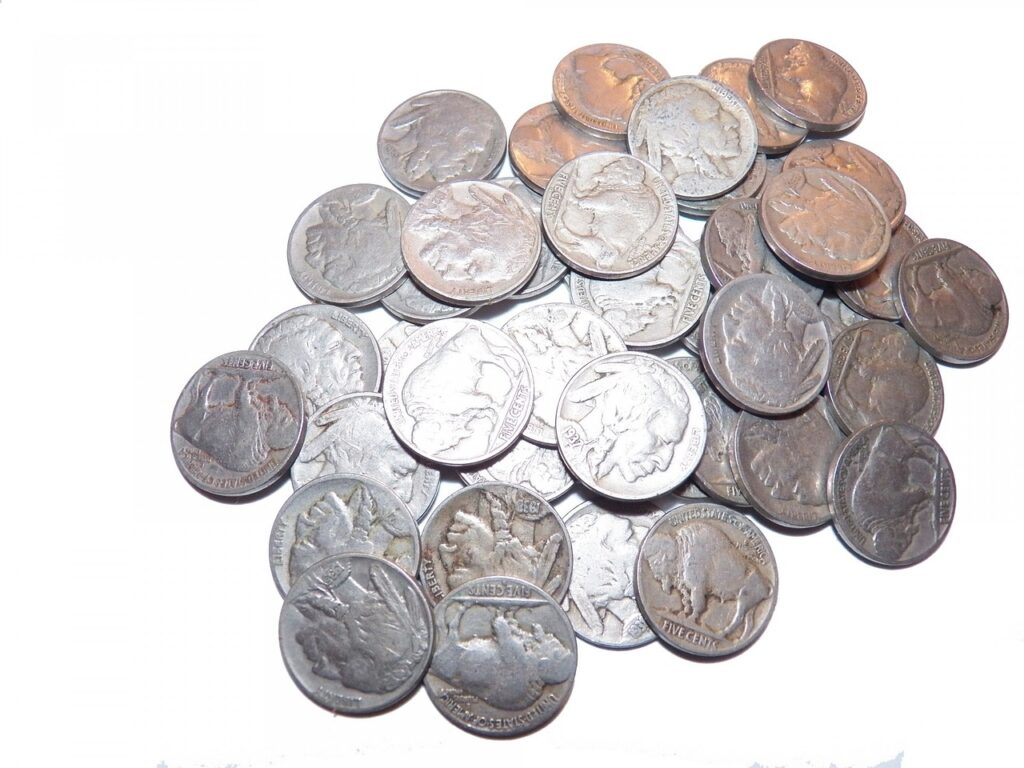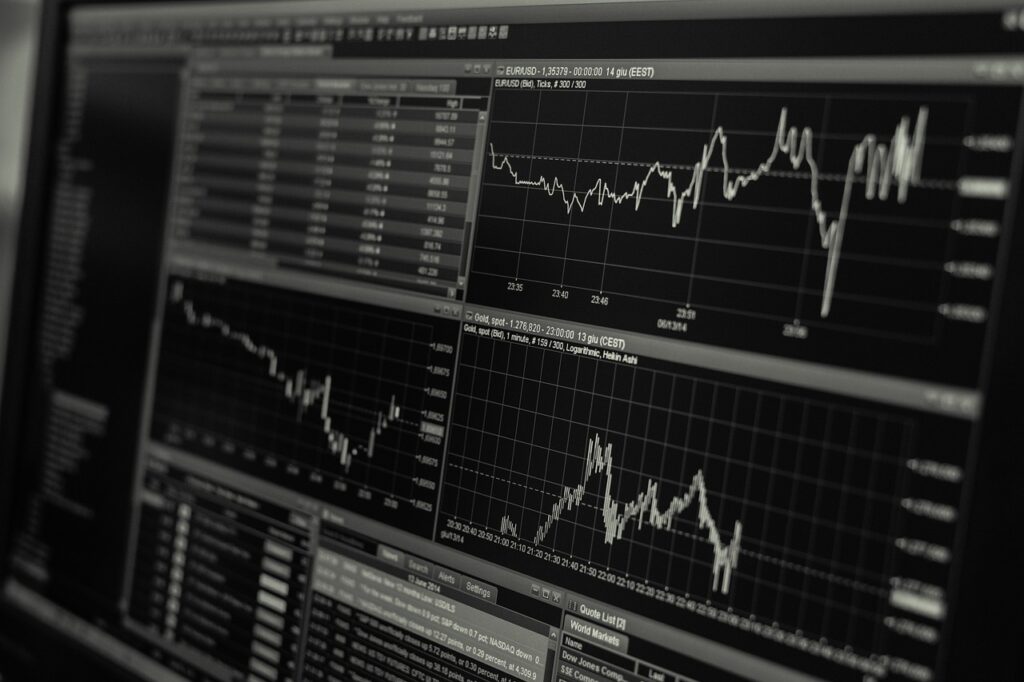Every great investor will tell you that the key to successful long-term investing is minimizing downside risk while maximizing upside potential. Warren Buffett famously said, “Rule number one: never lose money. Rule number two: never forget rule number one.”
One of my favorite risk/reward examples is a clever story told by Kyle Bass, founder of Hayman Capital Management. Bass taught his children the lesson of asymmetric risk/reward by purchasing $2 million-worth of nickels. Bass did this because he knew that the actual metal in the coins at the time of his purchase, if melted down, was worth more than $.05 per nickel. Bass made this investment with zero downside risk because the investment would always be worth at least $2 million, and he knew it was intrinsically worth more.

All the greats say the same thing. They make sure to protect themselves first and foremost. After doing so, they then look for home runs. They look for the best risk/reward ratios. Paul Tudor Jones doesn’t make an investment until he finds one that potentially yields at least $5 for every $1 he invests.
Sir John Templeton, considered one of the greatest investors of all time, started on his path to great success as a young man when he poured as much money as he possibly could into stocks during the Great Depression. He followed the advice of Baron Rothschild, who famously said, “Buy when there’s blood on the streets.” Sir John’s investing philosophy was simple: “Not only do you buy at maximum pessimism, but you want to sell at the peak of optimism.”
For educated investors, digital assets offer unparalleled asymmetric opportunities. Before exploring how to look for these opportunities, let’s first discuss how we can apply what we’ve learned so far to optimize our risk/reward approach in digital assets.
In this market, we want to follow the advice of these legendary investors and give ourselves the best risk/reward possibility. How do we do that? The objective of learning about market cycles and having all those data analytics tools and long-term historical charts at our disposal is simple: minimize risk and maximize the potential reward. We do this by aggressively allocating capital after large corrections in Bitcoin and other digital assets. Everyone looks a good sale!
Here’s a simple hypothetical example to prove the point:
Investor A: Equipped with Knowledge Eddie
Investor A is well versed in Bitcoin market cycles and believes in the long-term value of digital assets. Eddie invested most of his capital during the 2018-19 bear market after the 80% plus correction in Bitcoin’s price. Is knowledgeable Eddie freaking out right now about whether Bitcoin has hit a bottom at $17,600 or might head lower to the $12,000-$14,000 region? The answer is no.
That’s because Eddie accumulated Bitcoin and Ethereum from late 2018 to early 2020. His average Bitcoin price was $7,000 and his average Ethereum price was $210. With all the global uncertainty that’s taken place over the past year with the Russian invasion of Ukraine, the continual Fed interest rate hikes throughout 2022 to combat inflation, a shaky global economy, etc., this investor is still up a substantial amount on his initial investment. In fact, his Bitcoin investment is up almost 300% and his Ethereum investment is up roughly 600%. But here’s the best part.
Not only is Eddie calm, cool, and collected during this bear market, he’s salivating at the opportunity to add to his long-term positions at these discounted prices. He understands the opportunity that’s staring him in the face, and he has remained patient, ready to allocate additional capital. Let’s look at the other side of the coin. Pun intended.
Investor B: Unfortunately Clueless Carl
Here we have a beginner investor who’s totally new to digital assets. Clueless Carl decided to finally take the plunge into crypto after watching Bitcoin’s breakout in late 2020 and 2021. A handful of friends and family members caused Carl to “FOMO” (fear of missing out) into the market despite years of not understanding the asset class and viewing it as too risky. Equipped with zero knowledge of digital asset market cycles or Wyckoff schematics, Carl bought Bitcoin at $46,000 and Ethereum at $4,100. His hope was for Bitcoin to go to $500,000 because he repeatedly heard that on the news and on Twitter in 2021.
Is this investor freaking out during this current bear market? Yes, Carl is unfortunately quivering with fear.
Sadly, an investor like Carl will most likely sell at the most inopportune time, take a significant loss, and never return to the crypto market. Carl doesn’t have any conviction or belief in the long-term value of digital assets. Because he never studied market cycles or looked at the historical Bitcoin charts, he simply doesn’t understand what he’s doing in this market. Carl’s basically wandering blindfolded past lions in the Serengeti, dragging a sled of raw meat behind him. It doesn’t look good for poor Carl.
The behaviors of these two investors in the above examples will continue to repeat in every market cycle. I hope you’re beginning to see why it’s absolutely essential to study and understand the significance of these market cycles. With this knowledge, we can implement the best risk/reward approach to investing in digital assets.
Thanks for reading! If you enjoyed this, check out the other articles and don’t forget to follow me on Twitter @andrewdfarrar for up-to-date crypto content. If you haven’t already checked it out, my book, The Modern Investor, is up for sale on Amazon! It gives a much more complete and entertaining view into the digital asset market. In these crazy times, it’s never been a more important time to learn about this new asset class.

